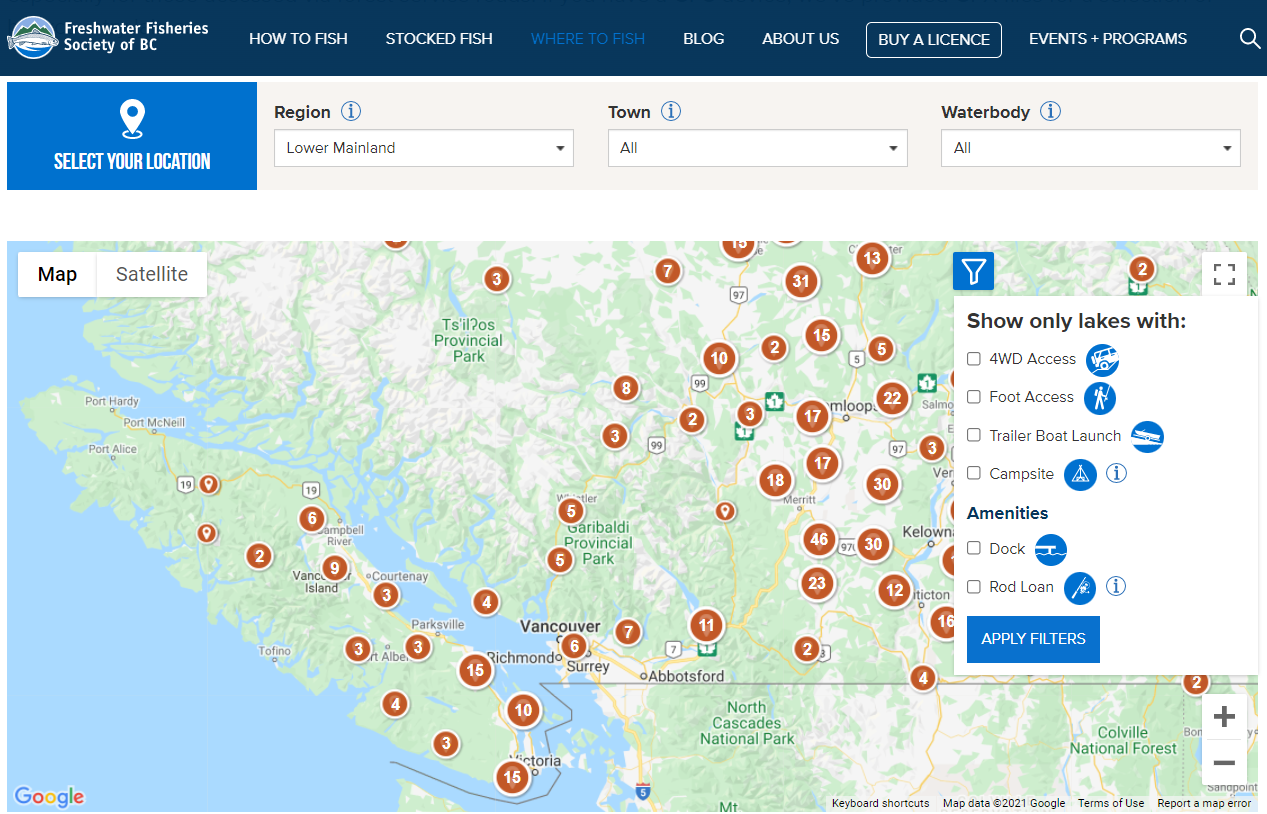I SPY SALMON! (AKA SALMON WATCH)
History of Salmon
Salmon have been around since 7 million years ago; the earliest known colonial history of the species was recorded in North America under the name of the ‘Saber-Tooth Salmon’. Considered extinct, they were almost 3 meters long then.
Now, there are up to 7 species of salmon in British Columbia’s waterways: the Chinook, Chum, Coho, Pink, Sockeye and Pink Salmon. Other species of fish such as Cutthroat Trout, Steelhead Trout, and Sturgeon also co-inhabit in the Fraser Rivers and its extended tributaries.
Salmon Decline
The Committee on the Status of Endangered Wildlife in Canada (COSEWIC) reports that the “Sakinaw Sockeye Salmon as endangered (2016), Interior Fraser Coho as threatened (2016), Okanagan Chinook as endangered (2017), and of 24 units of Fraser Sockeye 8 as endangered; 2 as threatened; 5 of special concern; 9 not at risk (2017).”
The Committee on the Status of Endangered Wildlife in Canada (COSEWIC)
Due to the events from the construction of the Coquitlam Dam, Canadian Pacific Railroad (CPR) and Electric and Hydro Companies fighting over the resources of the water and contributing to the degradation of the riverbeds and soil, salmon stock has severely declined. However, salmon stock has been slowly rising in numbers as volunteer non-profit organizations and with the Kwikwetlem First Nations, begin revitalizing the ecological environment through enforcing fishing regulations, spreading awareness, and creating salmonid enhancement programs, to list a few.
For more information, click here.
How Do We Find Salmon? – Life Cycle and Salmon Migration
The spawning cycle of the salmon lasts up to 4 years. The stage of salmon migration begins when they hatch and live in freshwater as alevins (life stage after eggs have hatched – have yolk sacs which they feed on). Imbedded in the gravel riverbeds, they grow into fry → evolve into parr → and then smolts; where they continue their journey to the ocean. This is when they are released from the hatcheries and swim their way into tidal waters. In their last and 4th year, the fish swim back from the ocean to their spawning grounds. The salmon die after they spawn in the riverbeds where their bodies are eventually transformed into nutrients for the soil and riverbed. Only 1 of 4,000 of the salmon survive the journey. After evading predators that feed on the salmon, there are other factors which contribute to its low numbers, such as the construction of the Coquitlam Dam and many other commercial industries.
Unlike the salmon, trout fish can survive after spawning and continue the spawning cycle multiple times.
The Coast Salish word “kʷikʷəƛ̓əm” meaning “red fish up the river” are known for their abundance in salmon. You can spot salmon swimming and spawning along the tributaries of the Fraser River. Popular spots for sightseeing are Hoy/Scott Hatchery, trails along the Coquitlam River and Lower Pitt River.
Hoy/Scott Watershed Society facilitates the ‘Salmon Come Home’ event annually in October and ‘Salmon Leave Home’ event every year in May. Don’t miss out on the Salmon Leave Home in May 2022!
Freshwater Fisheries Society of BC provides a map and guides on “How to Fish”, “Where to Fish” and what and where fish are being raised and released. For more information, click here.
FUN FACTS: Did You Know?
Pink Salmon
Oncorhynchus gorbuscha
Pink salmon have the shortest life span. The males have a hump on their backs and are often nicknamed "Humpies."
Chinook Salmon
Oncorhynchus tshawytscha
Chinook salmon are the largest of the pacific salmon
Chum Salmon
Oncorhynchus keta
The Chinook jargon word "tzum" (chum) means "spotted" or "marked", which describes this fish.
Coho Salmon
Oncorhynchus kisutch
Coho salmon are nicknamed "Silvers". They turn bright red, and develop blue-green heads and backs, and dark spotted bellies when they enter fresh water.
What salmon and fish encounters have you experienced on your nature walks?
This blog post was made as supplementary material for our Beyond Fishing exhibit at Coquitlam Sports Hall of Fame. Beyond Fishing reflects on how to actively participate in the preservation of the salmon species and animal wildlife along the Fraser River and its tributaries.





